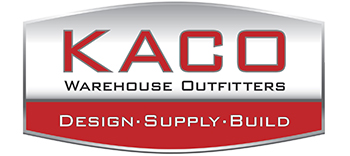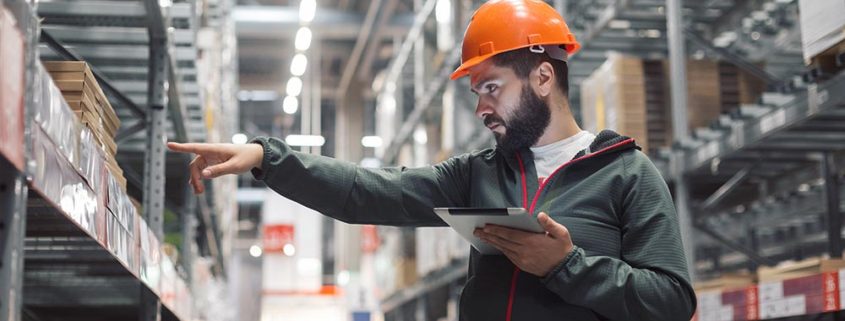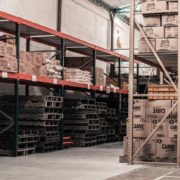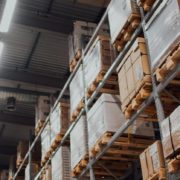Ensure Warehouse Location Flexibility With These Labeling Solutions
Have you recently felt pressure on your product inventory and location management processes due to the huge increase in SKUs from e-commerce and omni-channel operations? If so, you’re not alone. The demand for quick delivery of products means warehouses need an up-to-date labeling system that quickly tracks items in order to get them to the customer as soon as possible. Read on to learn more about just how important a flexible labeling system is to your warehouse and its profitability.
The Importance of Keeping Up with Identification Labels
According to Gregg Schiltz, the chief operation officer of ID Labels, today’s environment requires a warehouse storage racking system with new identification labels that are flexible and can accommodate change in promotions, changing seasons, and momentum. He goes further to say that maximizing inventory is a real challenge for warehouse managers. However, a functioning label system overcomes this challenge.
Why is Flexible, Racking Labeling So Popular?
Warehouses are frequently using racking labeling more often. This is because it works well with inventory fluctuations, location changes, and third-party fulfillment. “We’re seeing growing demand for barcode labeling solutions that can accommodate our customers’ needs for rack location identification flexibility,” Schiltz said. He goes on to recommend flexible labeling products for any warehouse facility looking for maximum capacity.
In-Place Bar Code Labels Have Too Many Challenges
Many warehouses still rely on in-place barcode labels and find themselves facing challenges. According to Schilitz, the labels can get easily damaged or peel off. Also, he states that these barcodes are nothing short of time-consuming, not to mention unproductive, especially when you need to remove old labels for new ones. This is both tedious and time-consuming. Warehouse managers could save time by simply sticking a new paper barcode over an old one, but is this really a viable solution? Not for the long term. Customers will see this as lazy and unappealing. Also, if the new label doesn’t completely cover the old one, this can lead to scan errors and loss of productivity.
Choose Flexibility in Warehouse Labeling
Keeping track of inventory, changing prices, and collection of data all depend upon barcode labels. A well-run, efficient warehouse needs flexible labeling to keep up with fluctuation prices and other changes in product. A label that is durable will easily stick to beams, racks, boxes, and individual products. In addition, choose a label with a quick-release top coating so it’s easy to relabel when the need arises. Another option includes magnetic barcode labels, especially for cold/freezer warehouses.
Stay Efficient and Keep Up with Demand
Customers do not want to wait for their product. With Amazon offering next or even same day delivery, consumers are getting used to quick delivery. That means the way you run your supply chain needs to keep up with the demand for almost instantaneous delivery. With the right flexible labels, your warehouse will run like a well-oiled machine. You’ll be able to quickly find what you’re looking for and get it out to the customer quickly. Warehouses that fall behind on labeling technology will also find themselves falling behind the competition. Instead, bring your warehouse up to date with the right labeling system.








